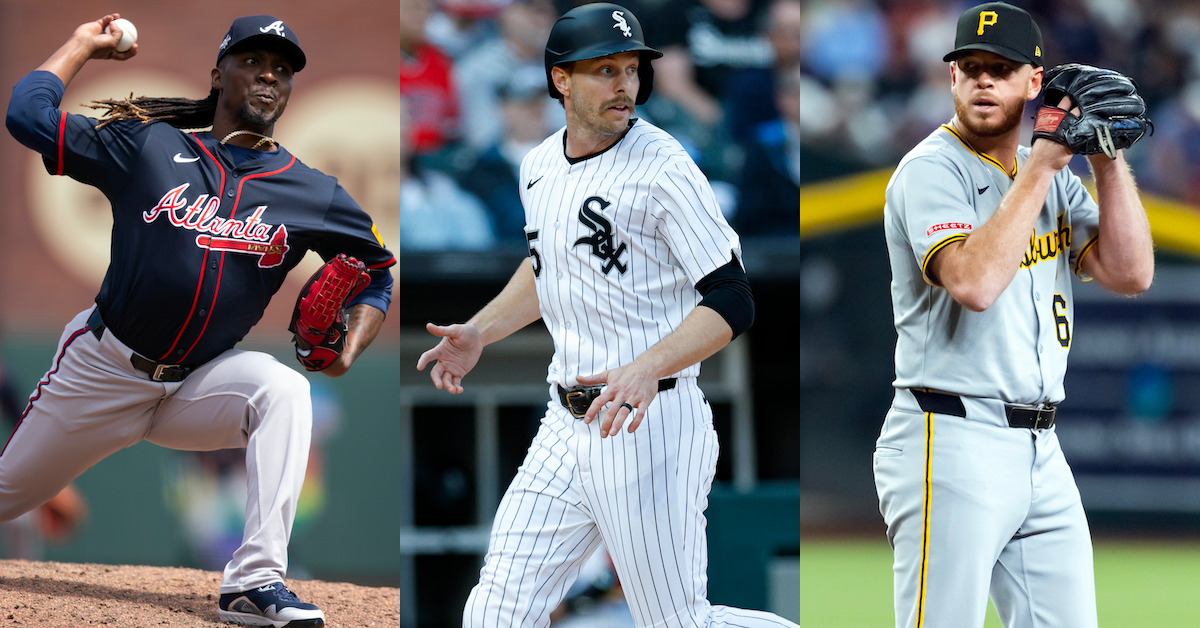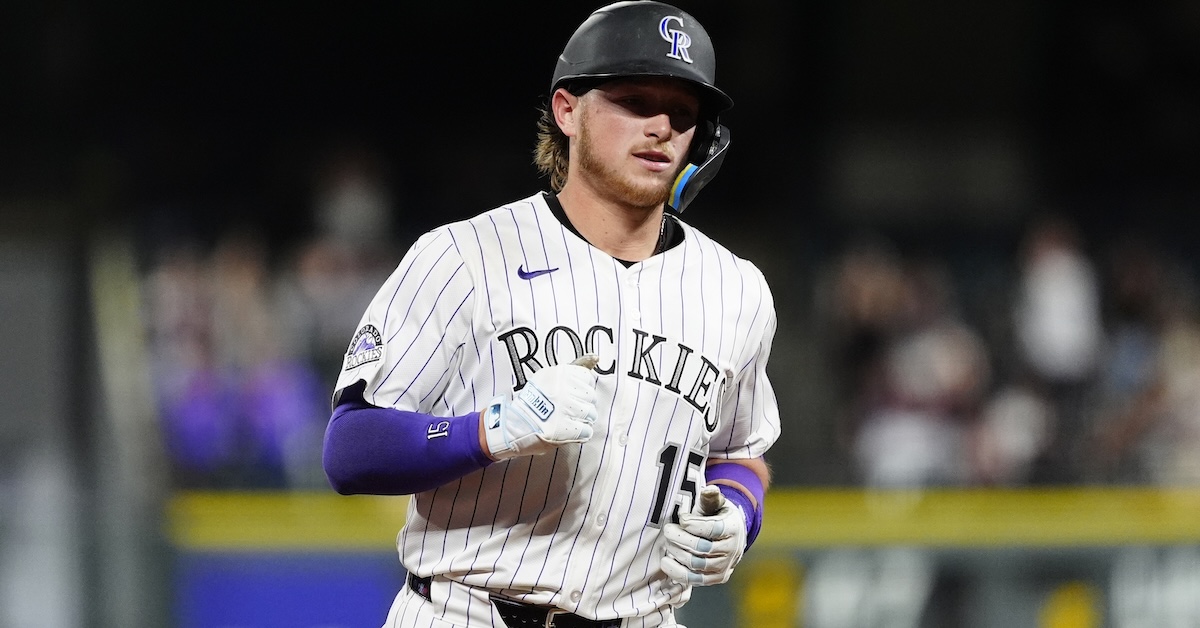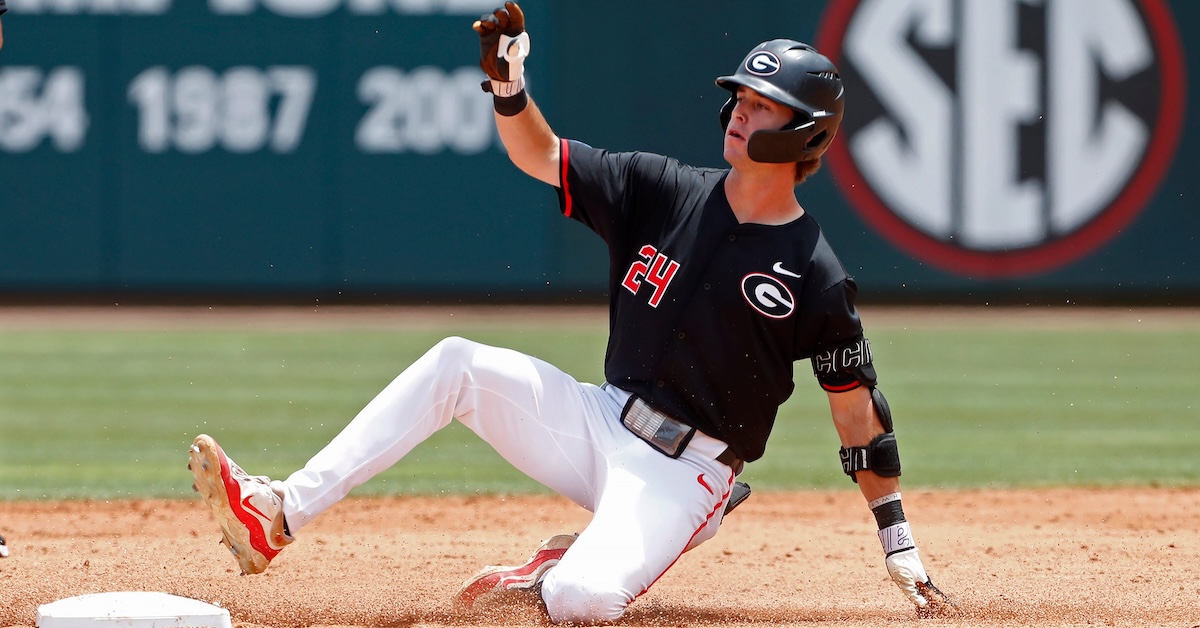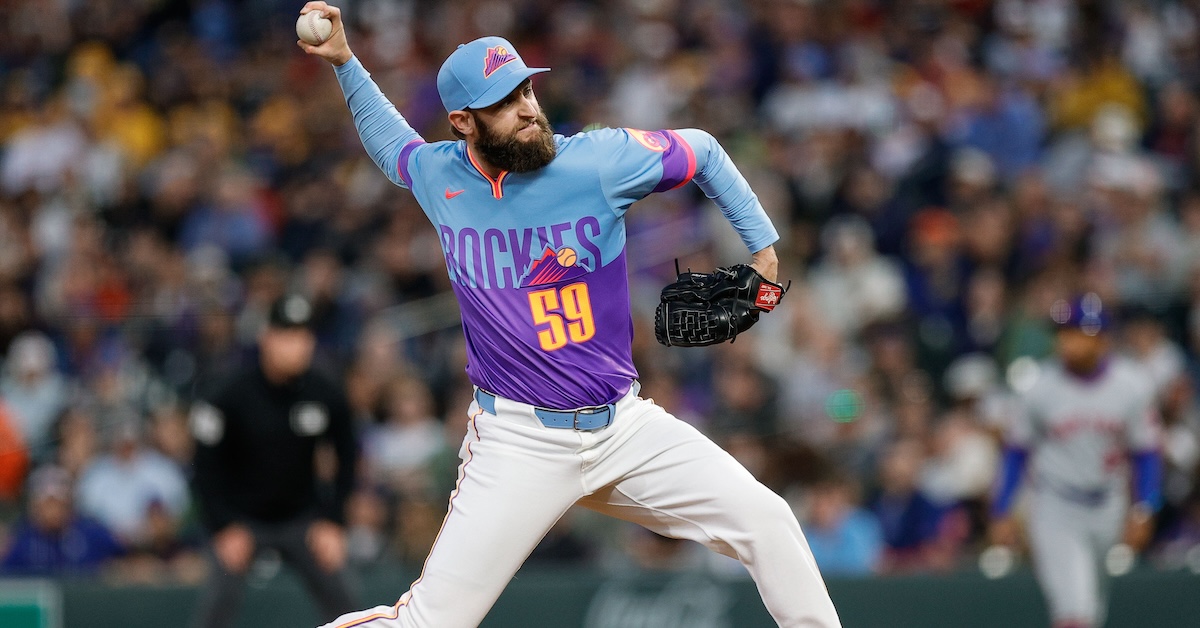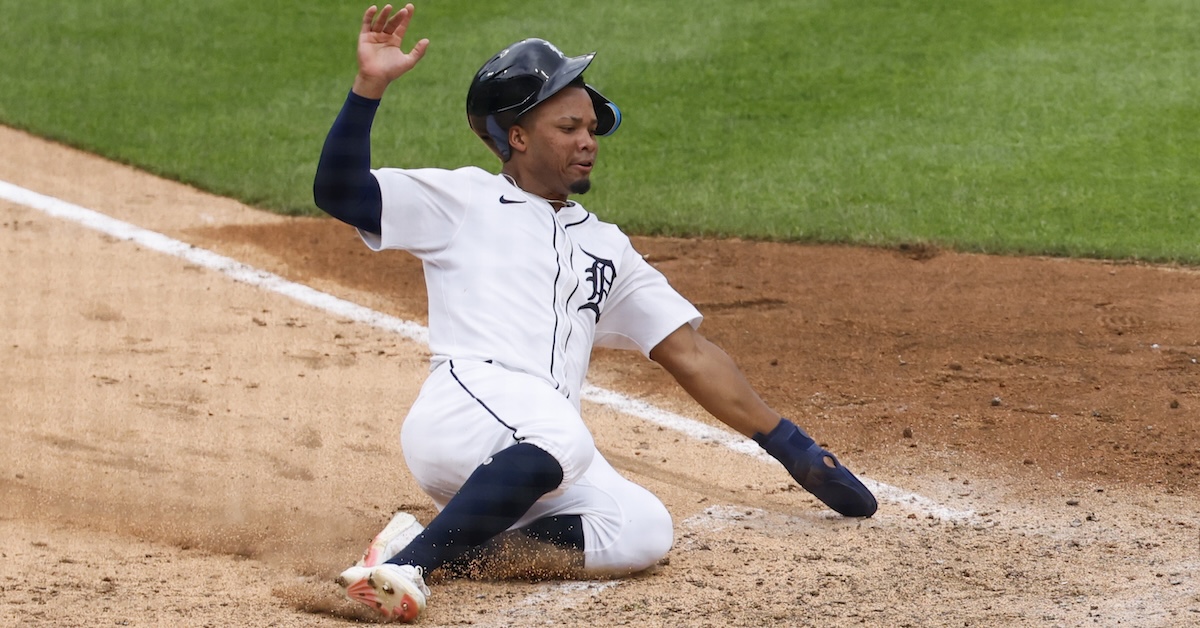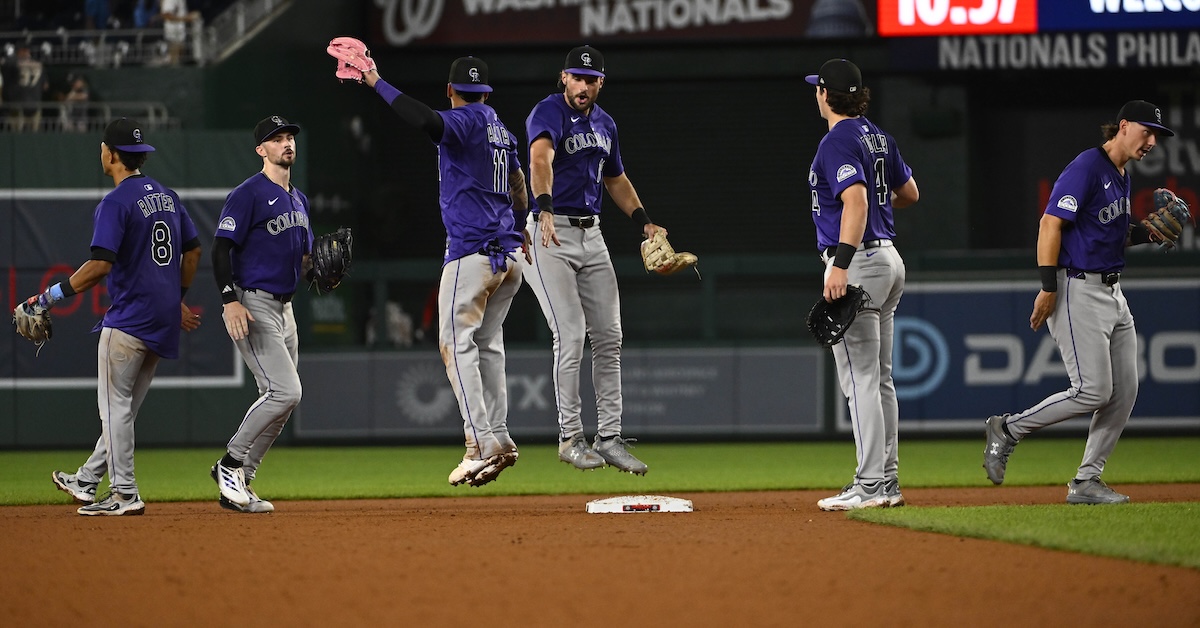Yankees Bolster Bullpen With David Bednar, Jake Bird, and Camilo Doval
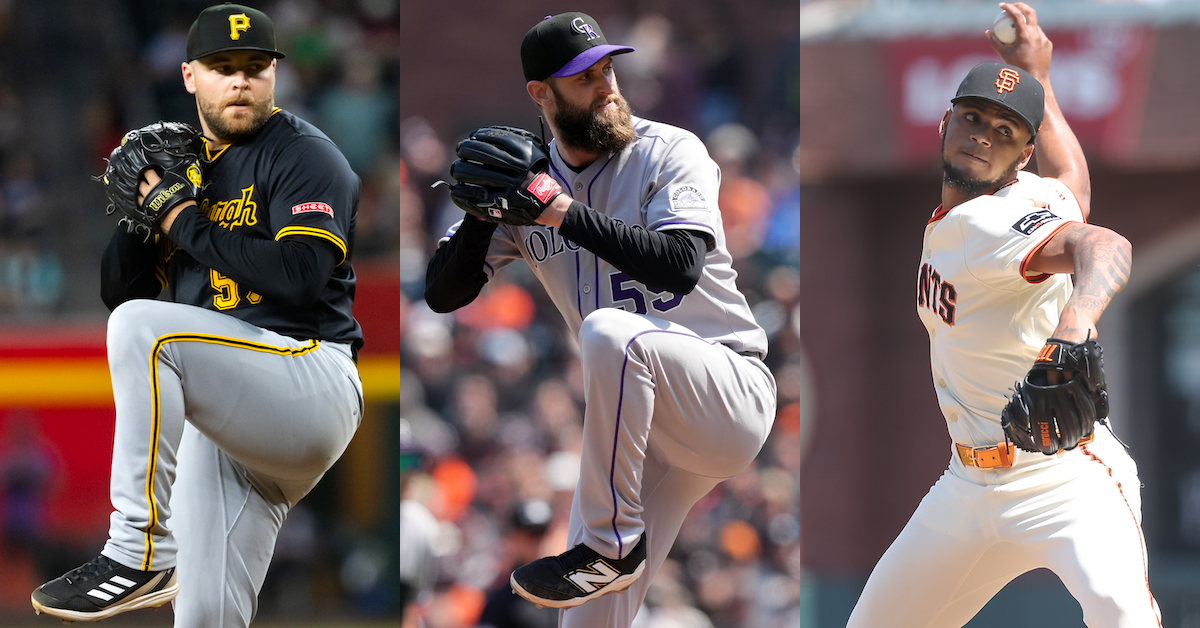
As Thursday’s 6 PM deadline approached, the New York Yankees finally made their big bullpen moves, first trading for closer David Bednar from the Pittsburgh Pirates and sending back catcher Rafael Flores, catcher Edgleen Perez, and outfielder Brian Sanchez. Bednar, with a year of arbitration remaining next season, has allowed a 2.37 ERA and a 1.96 FIP while striking out 51 batters and walking only 10 in 38 innings this year.
Also donning (non-purple) pinstripes is Jake Bird, whom the Yankees acquired from the Colorado Rockies in exchange for second baseman Roc Riggio and left-handed starter Ben Shields. Bird, in his fourth year with the Rockies, has a 4.73 ERA for the season, but a much sunnier 3.45 FIP, and he has struck out nearly 11 batters per nine innings, easily the best mark of his career.
But that wasn’t quite enough for the Yankees, and as the clock approached the top of the hour, they picked up Camilo Doval from the San Francisco Giants for three prospects: catcher-third baseman Jesus Rodriguez, right-handed starter Trystan Vrieling, and first baseman Parks Harber. Read the rest of this entry »

